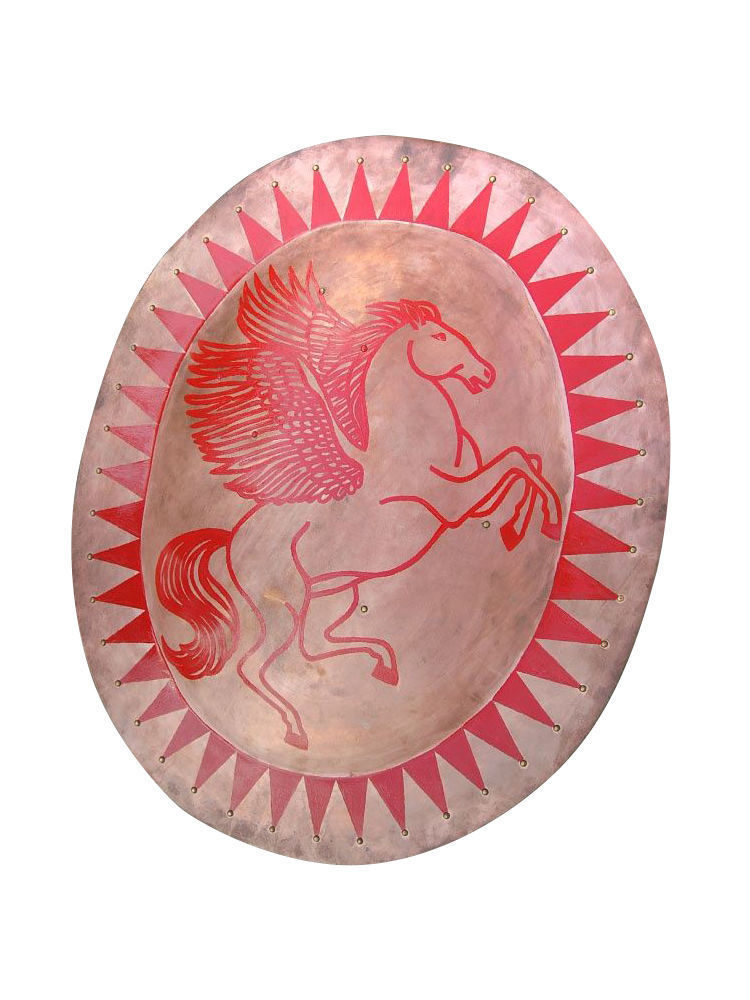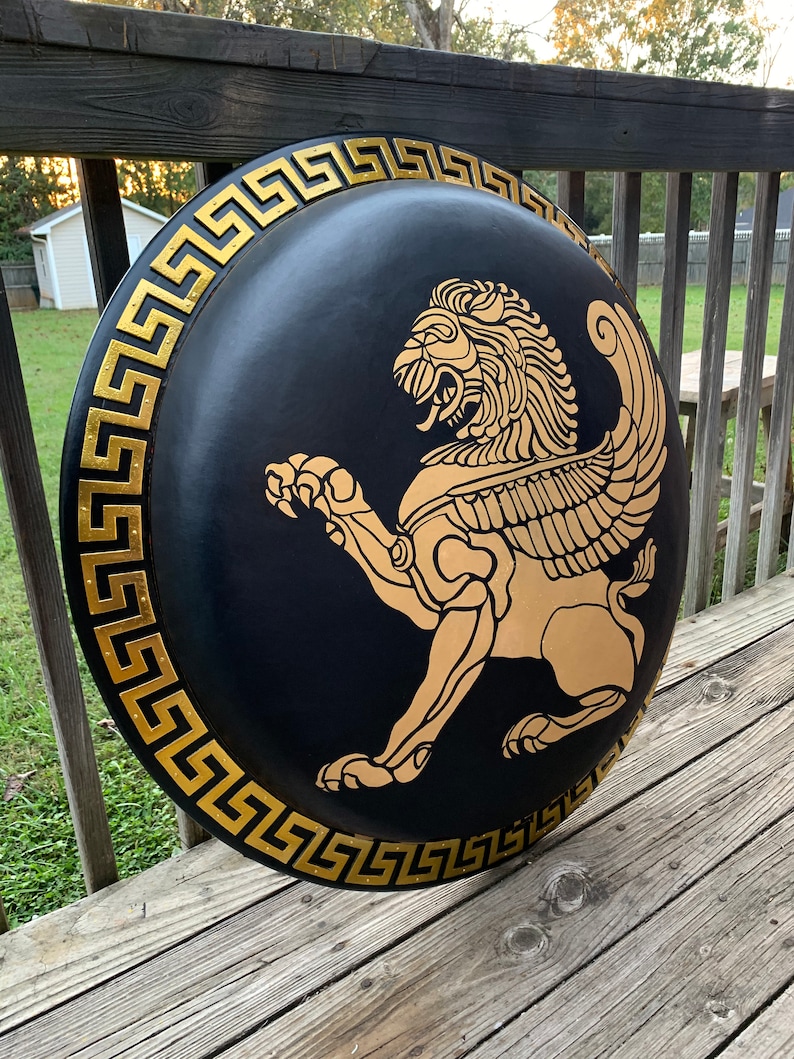
It was discovered in 1830 near Bomarzo in Lazio, central Italy. They are not about the Spear and the offense. If you just want to be more effective in combat then do whatever you think works best there but Hoplites are about the Shield and the formation. Such shields did not tend to survive the passage of time very well, and only one aspis has survived into modernity with sufficient preservation to allow us to determine the details of its construction: this shield is called the "Bomarzo" or "Vatican" shield, and it is currently located in the Vatican, within the Museo Gregoriano Etrusco. In this paper, I explore the functional aspects of the hoplite shield to determine its effectiveness (and defensive qualities) in combat (hoplite warfare). Take shield master and Sentinel first and the Shield fighting style if you are interested in roleplaying a Hoplite.

That the shield was convex made it possible for warriors to use it as a flotation device for crossing rivers, and its large round shape allowed it to be used for hauling the bodies of the dead from the battlefield. They were designed for a mass of hoplites to push forward into the opposing army, a move called othismos, and it was their most essential equipment. Hoplite shield design was incredibly varied. The shield rested on a man's shoulders, stretching down to the knees. This allowed hoplites more mobility with the shield, as well as the ability to capitalize on their offensive capabilities and better support the phalanx. Known as an Argive grip, it placed the handle at the edge of the shield and was supported by a leather or bronze fastening for the forearm at the center, known as the porpax.

The revolutionary part of the shield was, in fact, the grip. This large shield was made possible partly by its shape, which allowed it to be supported comfortably on the shoulder. The aspis measured at least 0.9 metres (2 ft 11 in) in diameter and weighed about 7.3 kilograms (16 lb), and it was about 25–38 millimetres (0.98–1.50 in) thick. In some periods, the convention was to decorate the shield in others, it was usually left plain. Some had a thin sheet of bronze on the outer face, often just around the rim. Construction Īn aspis was deeply dished and made primarily of wood.
#HOPLITE SHIELD FULL#
An action so significant that a Greek general would mention it in his writings suggests a uniqueness to the motion and the phalanx it self, and contributed to the phalanx emerging as a battle formation unlike anything the world had ever seen before.Hoplitodromos with aspis and full body armour depicted in a Greek vase dated to 550 BC.Īn aspis ( Ancient Greek: ἀσπίς, plural aspides, ἀσπίδες), or porpax shield was the heavy wooden shield used by the infantry in various periods of ancient Greece. The shield at left is lined with deerskin, that at right with wool felt. Standard hoplite units are sadly garbage. The Hoplite Shield is a Large Shield in Demons Souls Remake. The fact that Thucydides mentions the rightward motion of the phalanx due to the hoplon cannot be ignored. Hoplite units are fairly-good but only semi-elite and elite hoplites. This type of shield works best at reducing damage or guarding, and cannot be used to. Large Shields provide a greater value for blocking and protecting one's self from enemy attacks, but their great weight uses more of the player's Equip Burden and may decrease the player's mobility. Thucydides states that all Greek armies are alike in there tendency to step right when engaging in battle, as hoplites would out of fear move to cover their unprotected sides with the left half of the hoplite next to them (see Thucydides, History of the Peloponnesian War, 7.71). The Hoplite Shield is a Large Shield in Demon's Souls Remake. Thucydides mentions the right step motion in his account of the Battle of Manitea in 418 B.C.

Allowing a hoplite to utilize the extra portion of his fellow combatant’s shield would also imply that the hoplite phalanx would have a tendency to move right when advancing in combat (see “Formations and Tactics”). The double grip method of holding the shield offers protection on the center and left side of the body, but leaves the right side of the body exposed, unless the hoplite utilizes the extra, redundant portion of the shield owned by the hoplite to the right of him. Two Greek hoplites engaged in battle utilizing the hoplite shield.Primarily, the shield serves as protection for the hoplite that holds it, as well as the hoplite to his immediate left.


 0 kommentar(er)
0 kommentar(er)
